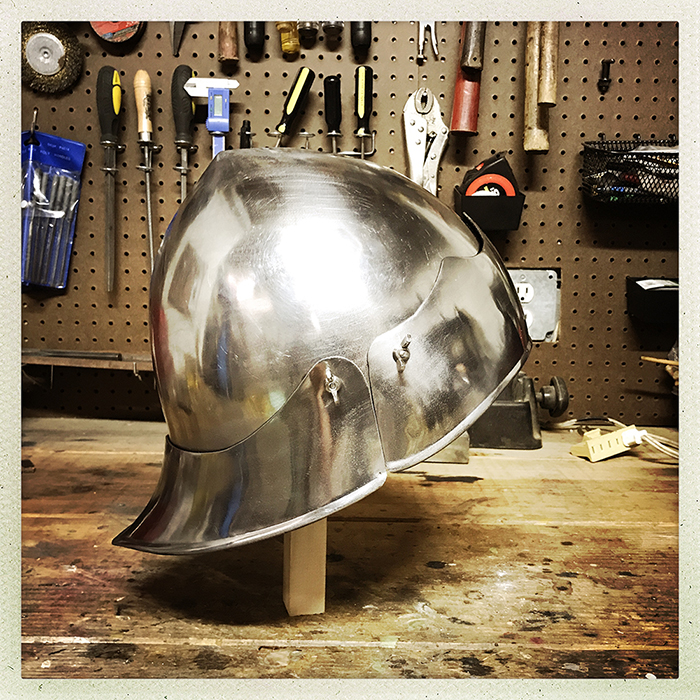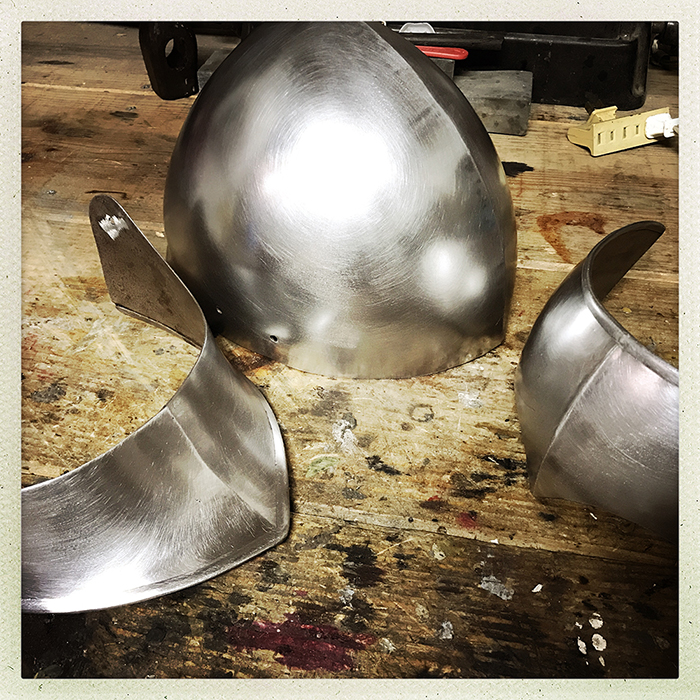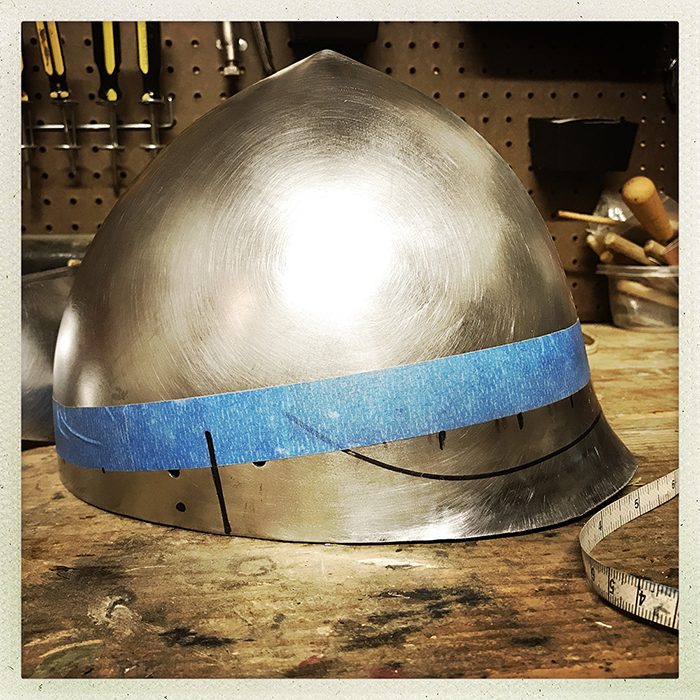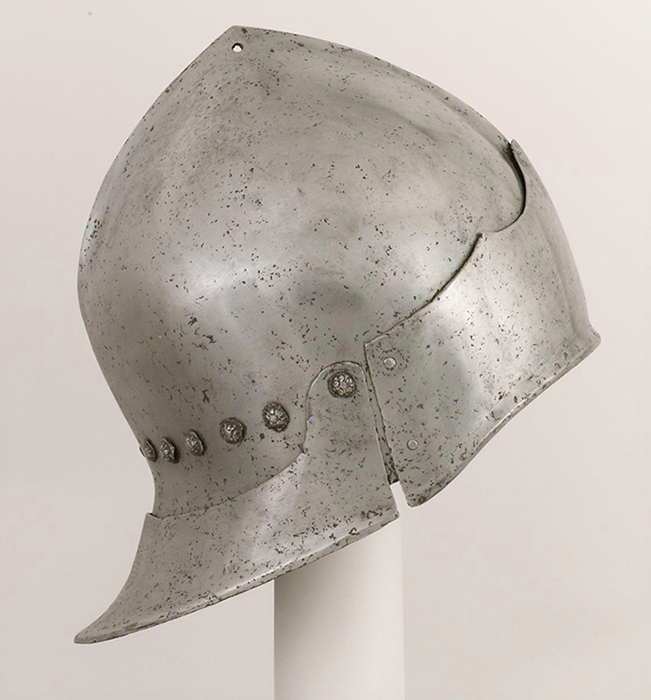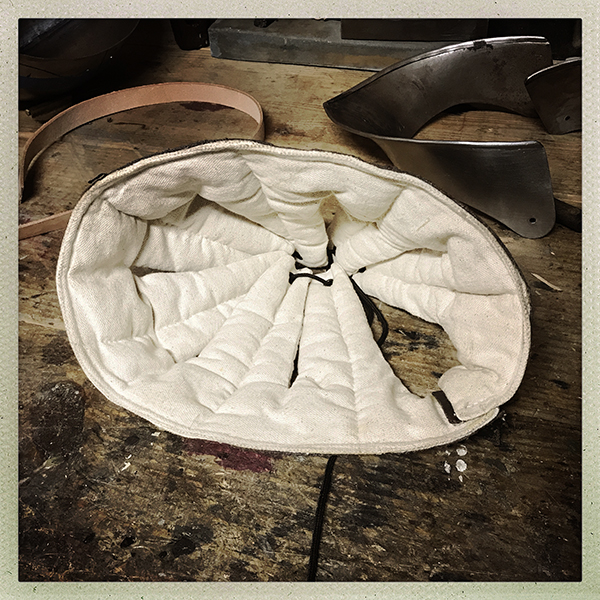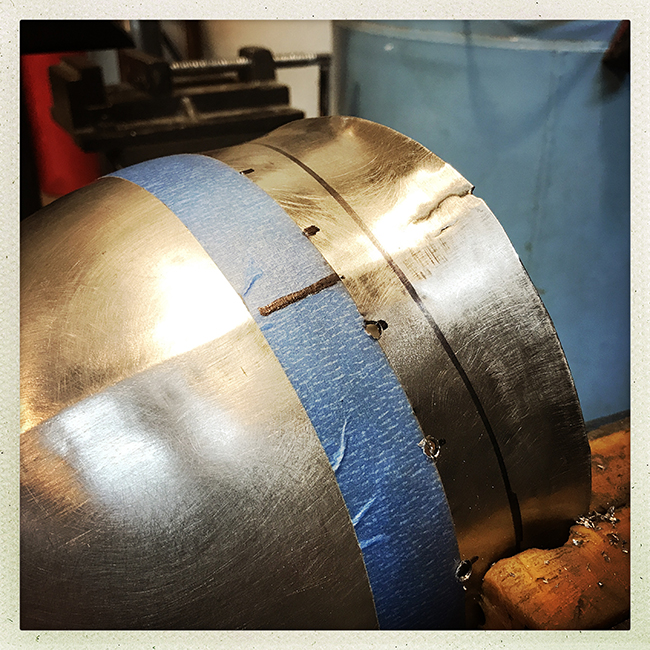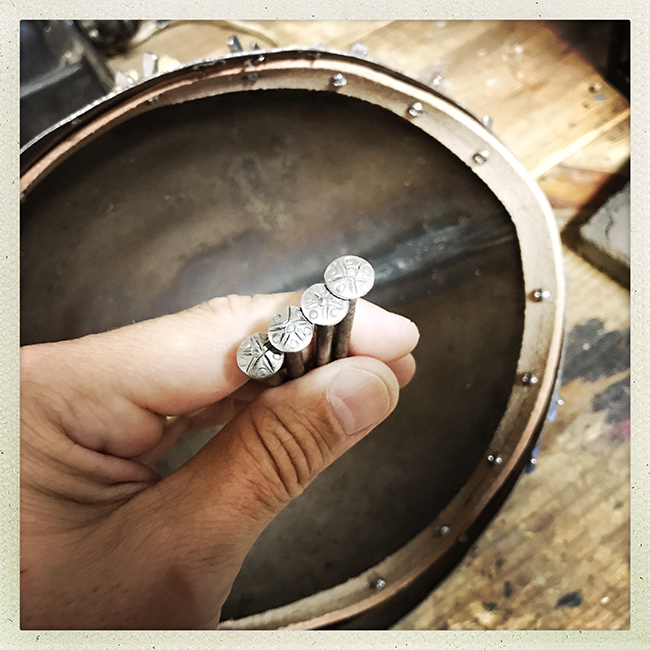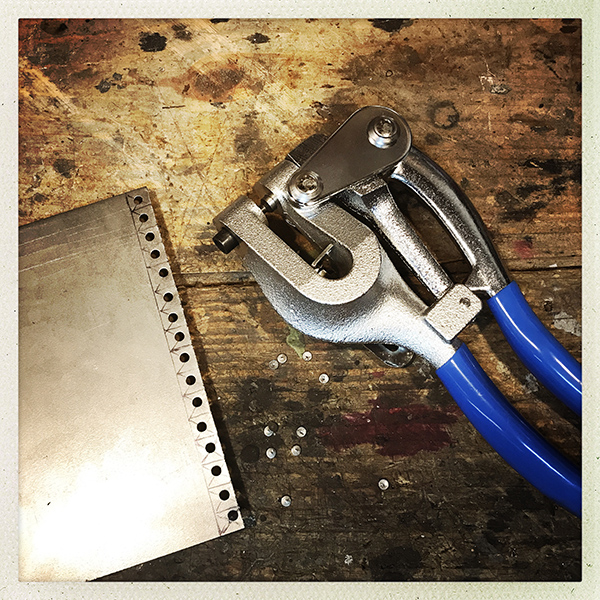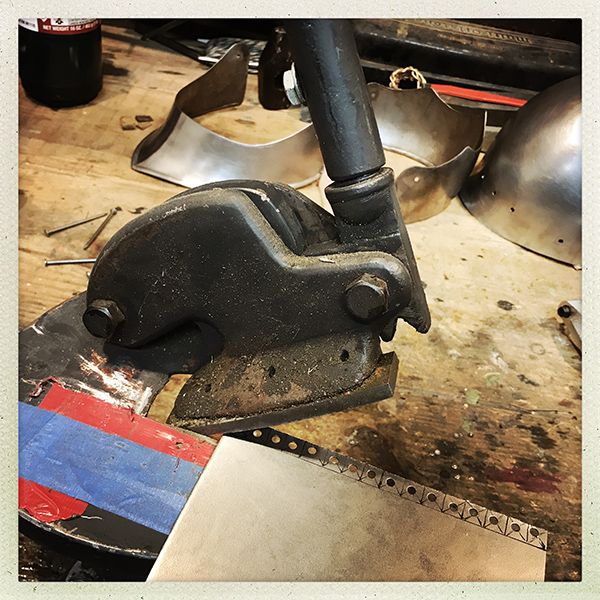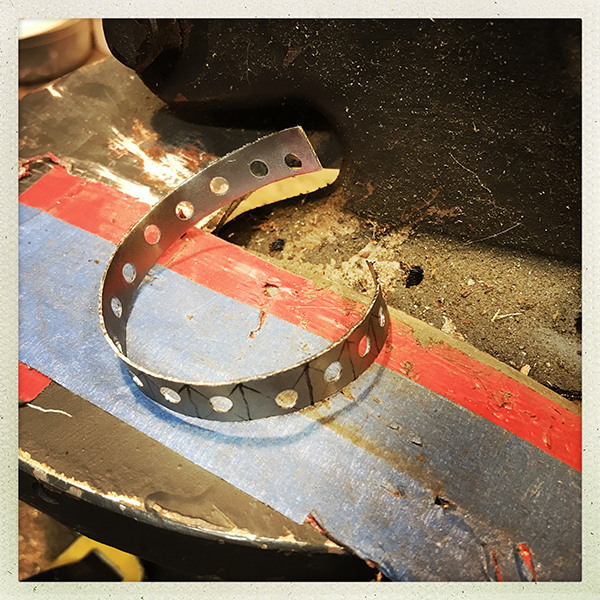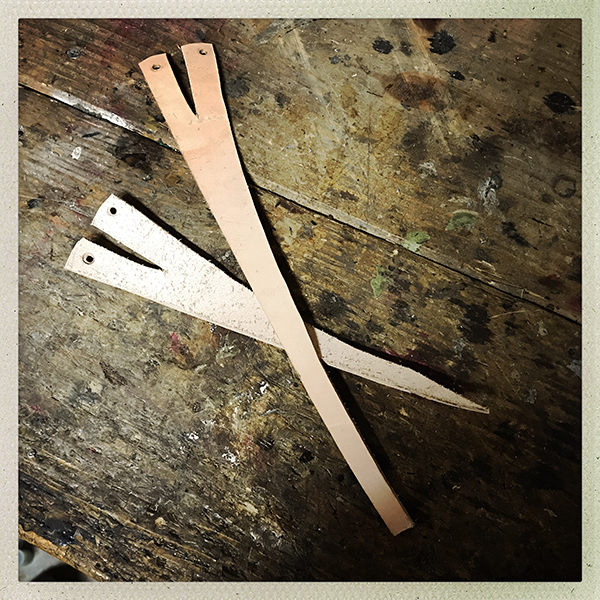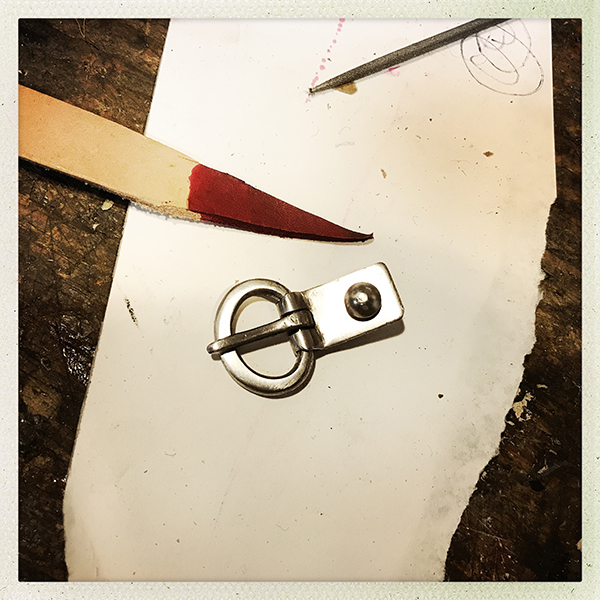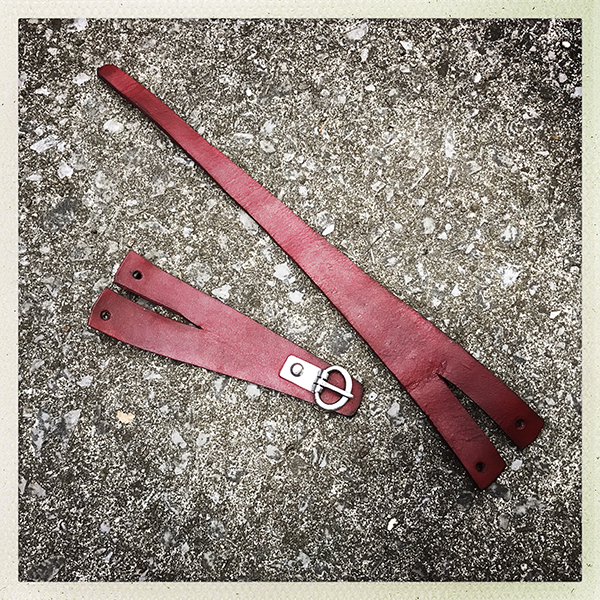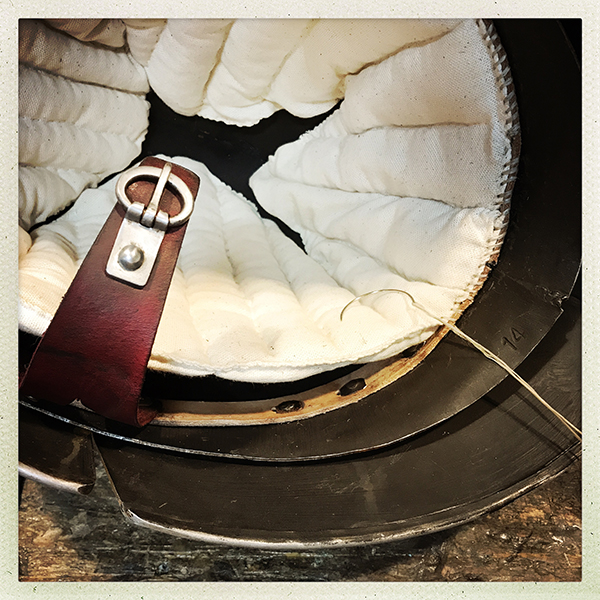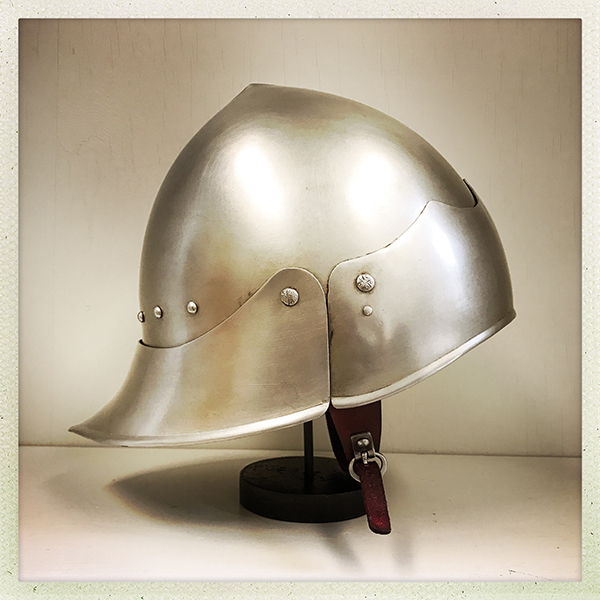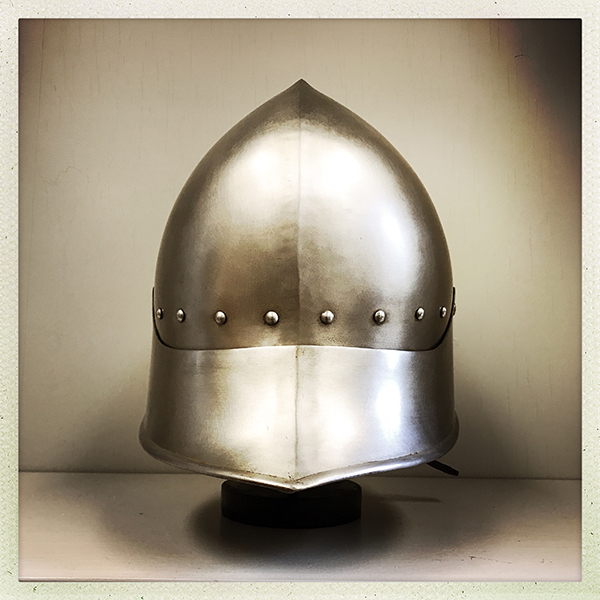You can see the reproduction from various angles here: https://www.kultofathena.com/product/burgundian-sallet/
It seems to me that this the most historically plausible off-the-rack sallet currently available at the low end of the market. I'd like it to be deeper, but the form is pretty good overall, and even the turns of the plates correspond to the Met's sallet. Lining is of historical style, but glued-in rather than riveted. It pulls out easily and can be reinstalled with a proper lining band. Straps are the right shape, but of modern stitched construction. The 16 ga. bowl is too shallow to be worn without the brow reinforcement and articulated nape defense, but those plates have good form and decent fit. It's not oversized, and it can be bent here and there to customize fit. This piece is easily upgraded to something relatively plain, as in the Met example. That's pretty much free. If you want to invest in a handful of fancy brass rivets for the back and plates, and maybe add a plume holder and blued finish, you could have a high-status sallet of ca. 1480.
My current aim is for a plain finish with a new and properly secured liner and straps. So far, I have:
• Pressed in the sides of the bowl slightly to customize the fit.
• Removed the four rivets that secured the brow reinforcement and nape defense. I'm using wing nuts for easy assembly/disassembly during the upgrade process.
• Used CitriStrip to easily remove the flaking glossy black paint from the interior of the bowl and plates.
• Sanded the bowl and plate exteriors to reduce the very bright factory polish. I haven't yet decided on the final finish.
• Marked the rivet line for the lining band. As shown here, I've planned for eight standard domed steel rivets across the back, four large decorative rivets to secure the plates, six or eight flush rivets under the brow defense, and one flush rivets below the decorative rivet on each side of the brow reinforcement. The nape defense requires free articulation.
• Cut a lining band.
I'll add photos as I go through this project.
